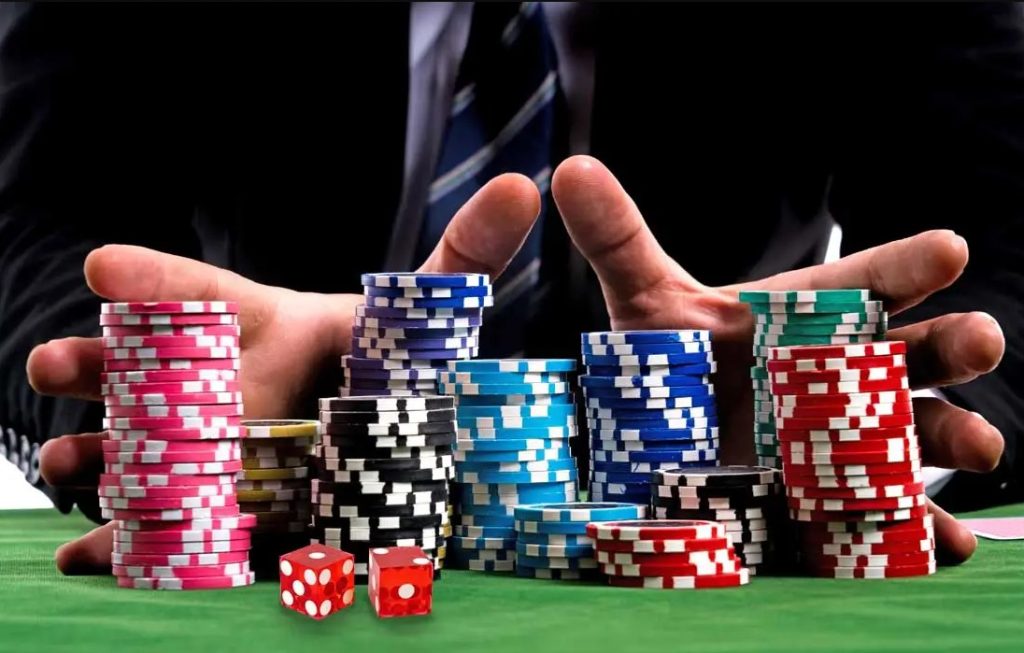Casino chips, also known as gaming tokens, are essential to the gaming industry. They represent real money and are used in place of cash at tables for convenience, security, and accounting purposes. But as the value of casino chips has grown — especially in high-stakes games — so has the risk of counterfeiting. Whether you’re a collector, a casual player, or a casino professional, knowing how to identify a genuine chip is crucial.
Table of Contents
This article outlines the key characteristics of authentic casino chips and how to spot a fake.
1. Material and Weight
Genuine casino chips are made from high-quality materials, usually clay composite, ceramic, or plastic resin. They are manufactured with specific weight standards to maintain consistency.
Material and Weight Standards
| Material | Typical Weight (grams) | Notes |
|---|---|---|
| Clay Composite | 9 – 10 grams | Common in professional casinos |
| Ceramic | 10 – 12 grams | High-end, smooth finish |
| Injection Plastic | 8 – 9 grams | More common in home or novelty sets |
Fake chips often feel lighter or heavier, and their texture may seem off — either too smooth or overly slick.
2. Design and Graphics
Casino chips feature complex artwork and embedded security elements. Designs are customized per casino, often with logos, edge spots, and vibrant colors.
What to Look For:
- Crisp graphics: Blurry logos or uneven printing are red flags.
- Edge spots: Real chips have clean, symmetrical edge inserts.
- Casino name and denomination: Should be clear and centered.
3. RFID and Security Features
Many modern casinos embed RFID (Radio Frequency Identification) chips into high-denomination tokens to track movement and prevent theft or fraud. These chips are detectable using a scanning device.
Security Features in Casino Chips
| Feature | Found In | Purpose |
|---|---|---|
| RFID Chips | High-denomination chips | Tracks usage and location |
| UV Ink | Mid to high-end chips | Hidden markings visible under UV light |
| Serial Numbers | Some specialty chips | Prevent duplication |
| Holograms | Rare, high-value chips | Anti-counterfeit visual security |
Fake chips rarely include RFID technology due to cost and complexity.
4. Sound Test
Genuine chips have a distinctive sound when they clack together — a crisp, satisfying click. Fake chips made of low-grade plastic often sound dull or hollow.
5. Source and Provenance
Always consider where the chip came from. If you bought it online or from a questionable seller, it’s worth checking against verified chip databases or consulting with a casino chip expert or collector group.
Identifying a real casino chip involves a mix of tactile, visual, and sometimes even technological inspection. By paying attention to material, weight, printing quality, embedded security features, and even sound, you can distinguish genuine chips from fakes.
Whether you’re safeguarding your winnings or building a chip collection, knowing these details ensures you’re dealing with the real deal — and not a risky counterfeit.


